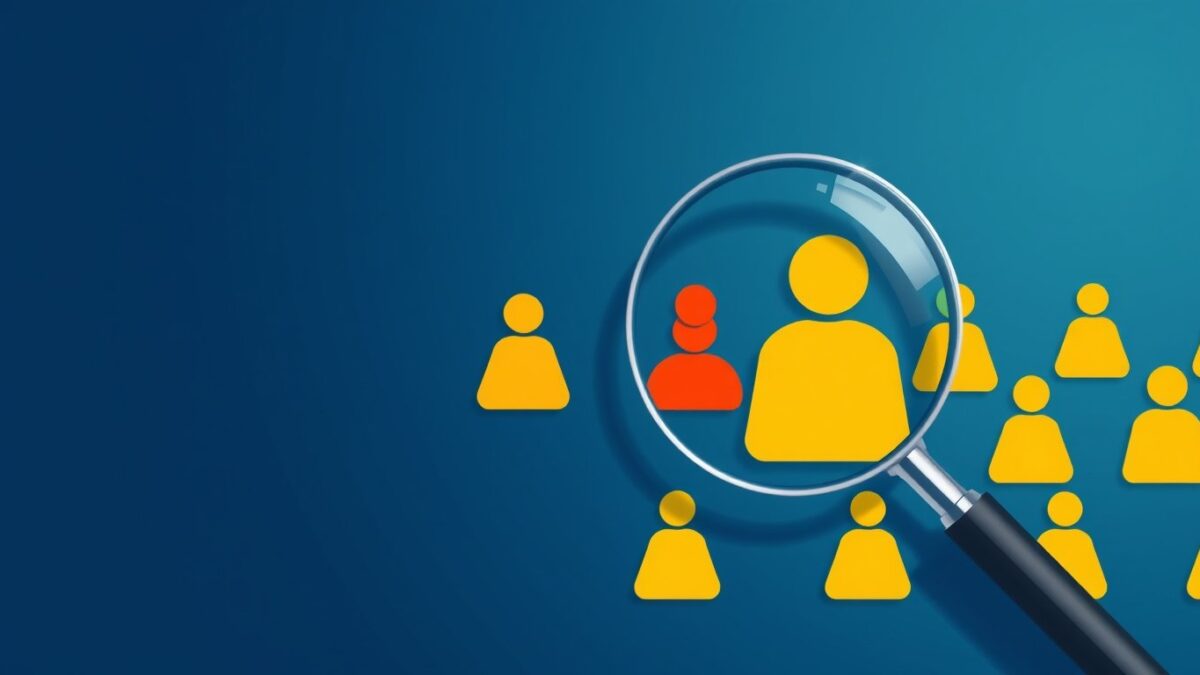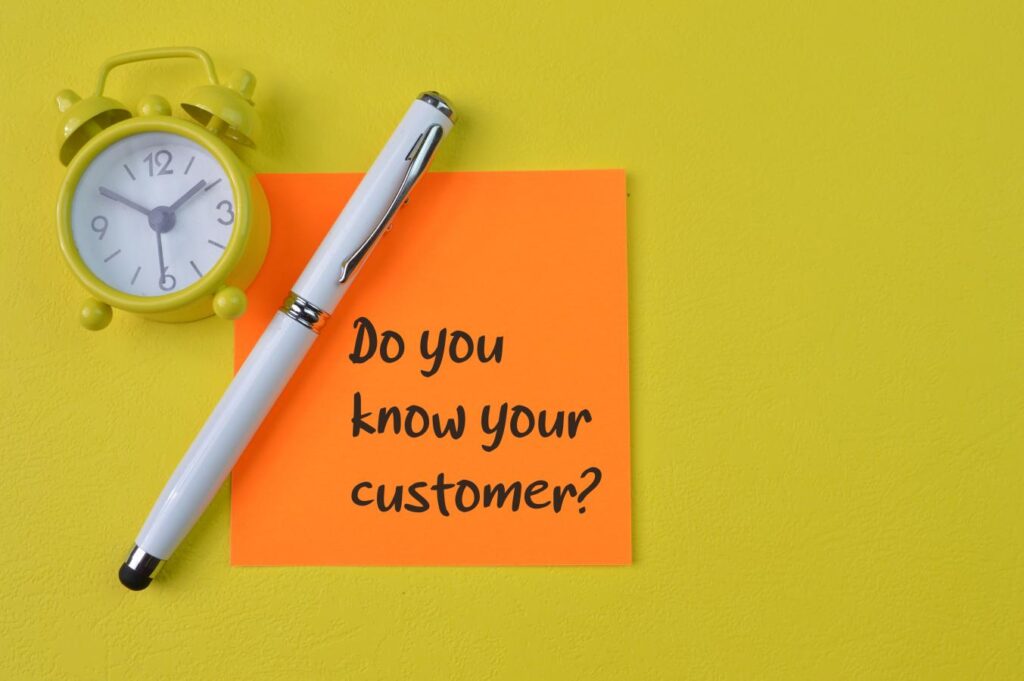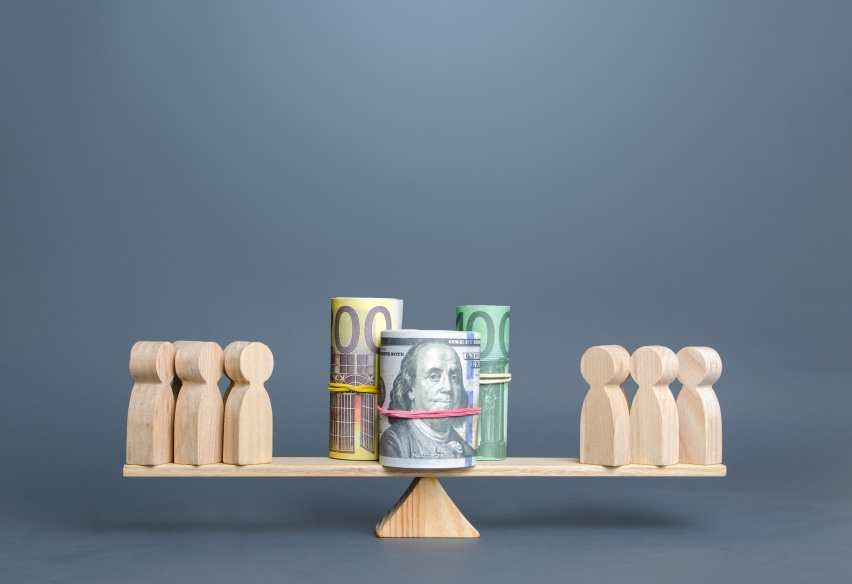Losing customers is a major problem for businesses that rely on repeat buyers or long-term subscriptions. Customer churn prediction helps businesses detect early signs of customer departure and take action before it’s too late. By analyzing data patterns, companies can identify at-risk customers and implement strategies to keep them engaged.
Reducing churn is key to maintaining revenue and improving long-term stability. Industries like telecom, SaaS, and e-commerce rely heavily on customer retention. A strong churn prediction system helps businesses understand why customers leave and what can be done to keep them.
Introduction to Customer Churn Prediction
What is Customer Churn?
Customer churn happens when customers stop using a product or service. This could mean canceling a subscription, switching to a competitor, or becoming inactive over time. Businesses track churn because it affects revenue, customer acquisition costs, and brand reputation.
There are different types of churn. Some customers actively decide to leave due to dissatisfaction, pricing concerns, or better alternatives. Others churn passively due to expired payment methods, lack of engagement, or forgetting about the service. Understanding these differences helps companies predict customer churn and develop targeted retention strategies.
Why Predicting Churn Matters
Predicting churn allows businesses to act before losing customers. Acquiring new customers is expensive and time-consuming, often costing five times more than retaining existing ones. A company with high churn must constantly replace lost customers, making it difficult to grow.
Churn prediction also provides insight into product quality and customer satisfaction. A rising churn rate might indicate pricing issues, poor customer support, or missing features. By identifying problem areas, businesses can make improvements that benefit all customers, not just those at risk of leaving.
Understanding the Foundations of Customer Churn
Defining Churn: Voluntary vs. Involuntary
Voluntary Churn
Voluntary churn happens when customers actively decide to leave. Common reasons include:
- High Costs – If customers find a cheaper alternative, they may switch providers.
- Poor Service – Bad customer support, slow response times, or product issues drive customers away.
- Lack of Value – Customers leave when they no longer see a reason to keep using the product.
Involuntary Churn
Involuntary churn occurs when customers stop using a service unintentionally. This is often due to:
- Payment Failures – Expired credit cards or declined transactions cause unintentional cancellations.
- Technical Issues – Account lockouts or bugs prevent customers from accessing the service.
- Forgetting About the Service – Subscription-based customers may forget they are subscribed and cancel when they notice a charge.
Businesses can reduce involuntary churn by sending payment reminders, offering flexible billing options, and improving technical support.
Key Metrics to Measure Churn
Churn metrics help businesses track customer loss and evaluate retention strategies.
Churn Rate
Churn rate is the percentage of customers who leave during a given period. It is calculated as:
Churn Rate (%) = (Lost Customers ÷ Total Customers at the Start of the Period) × 100
A high churn rate means the business is losing customers quickly, which can hurt long-term growth.
Retention Rate
The retention rate measures the percentage of customers who stay for a certain period of time. It is the opposite of churn rate.
Retention Rate (%) = (Customers at End of Period ÷ Customers at Start of Period) × 100
A higher retention rate indicates strong customer loyalty and a successful retention strategy.
Customer Lifetime Value (CLV)
CLV estimates the total revenue a customer generates before they leave. It helps businesses determine how much they should invest in customer retention.
CLV = Average Purchase Value × Purchase Frequency × Customer Lifespan
A higher CLV suggests that customers are staying longer and spending more, making retention efforts worthwhile.
Monthly Recurring Revenue (MRR) Churn
MRR churn measures lost revenue due to subscription cancellations. It is particularly important for SaaS businesses and subscription-based services.
MRR Churn = (Lost Monthly Revenue ÷ Total Monthly Revenue) × 100
A rising MRR churn rate signals that customers are leaving at a high rate, requiring immediate action.
Ready to leverage customer churn prediction to retain more clients?
Contact Growth Hackers
Data Requirements for Churn Prediction
Types of Data Needed
Churn prediction relies on data analysis, analyzing customer behavior, spending habits, and engagement patterns. Businesses need different types of data to make accurate predictions.
- Demographic Data – Age, location, industry, and customer type.
- Behavioral Data – Frequency of logins, product usage, and time spent on the platform.
- Revenue Data – Purchase history, average order value, and payment trends.
- Support Interactions – Complaints, refund requests, and customer service tickets.
Challenges in Data Collection
Data quality impacts prediction accuracy.
- Class Imbalance – Most customers do not churn, making it harder for models to detect patterns in those who do. Techniques like SMOTE (Synthetic Minority Over-sampling Technique) help balance datasets.
- Data Inconsistencies – Customers interact with businesses in different ways, leading to variations in data formats. Cleaning and standardizing data improves reliability.
Steps to Build a Customer Churn Prediction Model
Building a customer churn prediction model requires careful planning, high-quality data, and the right evaluation methods. A well-built predictive model helps businesses detect at-risk customers early and take action to retain them.
Define Objectives
Churn varies by industry, so businesses must set clear definitions.
- Subscription-Based Businesses (SaaS, Streaming, Telecom) – Churn occurs when a customer cancels a subscription or fails to renew.
- E-Commerce & Retail – A customer is considered churned if they haven’t made a purchase within a specific time frame.
- Banking & Insurance – Churn may involve closing an account, failing to renew a policy, or switching providers.
- Hospitality & Travel – A customer who hasn’t booked a flight or hotel in a long time may be at risk.
Clearly defining churn helps in selecting the right data points, features, and strategies for prediction.
Data Collection & Cleaning
Accurate churn predictions rely on clean, structured, historical data. Information is gathered from multiple sources:
- Transaction History – Purchase frequency, total spending, and payment methods.
- User Behavior Data – Website visits, app usage, and feature interactions.
- Customer Support Logs – Complaints, inquiries, and refund requests.
- Marketing Engagement – Email open rates, ad interactions, and promotional offer responses.
Data cleaning is necessary to remove errors and inconsistencies. This data preparation also involves eliminating duplicates, handling missing values, and standardizing formats for uniform analysis.
Feature Engineering
Certain customer behaviors and attributes are strong indicators of churn. Identifying and selecting the right features improves model accuracy.
- Customer Tenure – Long-term customers are often more loyal, while new customers may churn faster.
- Activity Rate – Decreasing logins, product usage, or website visits can indicate declining interest.
- Spending Patterns – A sudden drop in purchases or switching to lower-cost options may signal churn risk.
- Customer Support Interactions – Frequent complaints, unresolved tickets, or refund requests suggest dissatisfaction.
- Subscription & Renewal Behavior – Late payments or multiple cancellations and reactivations could indicate an at-risk customer.
Additional features may be relevant depending on the industry, such as network coverage issues in telecom or claim processing times in insurance.
Model Training & Evaluation
Choosing the right algorithm impacts prediction accuracy and performance. Businesses must test different prediction models to find the most effective one.
Commonly Used Algorithms:
- Decision Trees (e.g., Random Forest) – Easy to interpret and works well with structured data.
- Gradient Boosting (e.g., XGBoost, LightGBM) – Handles complex patterns and provides high accuracy.
- Neural Networks – Useful for large datasets but requires more computational power.
Model Evaluation Metrics:
- Accuracy – Measures how often the model correctly predicts churn.
- AUC-ROC – Assesses the model’s ability to distinguish churners from non-churners.
- Precision & Recall – Helps balance false positives and false negatives, ensuring at-risk customers are correctly identified.
Testing and refining the churn model helps improve reliability. A good churn prediction model provides actionable insights, allowing businesses to intervene before customers leave.
Customer Segmentation for Better Predictions
Segmenting Customers by Key Characteristics
Segmenting customers improves churn prediction models by grouping similar behaviors and needs. Different customers have different reasons for leaving, so a one-size-fits-all approach rarely works.
- Size and Industry – B2B companies may classify customers by company size or sector. Large enterprises may churn for different reasons than small businesses.
- Subscription Type – SaaS businesses often segment by plan type. Free-tier users might leave due to limited features, while premium users may churn due to high costs.
- Location – Regional factors like economic conditions or local competition can influence churn rates.
Behavioral Segmentation
Grouping customers by their actions provides deeper insight into churn trends and risks.
- Activity Rate – How often a customer logs in, uses features, or makes purchases. A sudden drop in activity can signal churn risk.
- Time Since Last Interaction – Long periods of inactivity may mean a customer has lost interest.
- Engagement with Support – Frequent complaints or negative feedback suggest dissatisfaction.
Benefits of Segmentation
Segmentation helps businesses personalize retention strategies. Instead of sending generic promotions, businesses can address specific concerns. High-value customers might receive loyalty incentives, while inactive users may get re-engagement emails.
Strategies to Reduce Customer Churn
Reducing customer churn requires a mix of proactive engagement, personalized experiences, and continuous monitoring. Businesses must identify the reasons customers leave and take action before issues escalate. Retaining existing customers is often more cost-effective than acquiring new ones, making churn prevention a top priority.
1. Enhancing Onboarding Processes
A seamless onboarding experience helps customers see value quickly. If users struggle early on, they may become frustrated and disengaged. Businesses need to guide them effectively to build confidence in the product or service.
- Interactive Tutorials – Step-by-step guides, video walkthroughs, or tooltips help users understand key features without confusion. Making the learning process simple increases adoption rates.
- Personalized Onboarding Emails – Welcome emails with usage tips, best practices, or relevant resources improve engagement. Sending emails based on user behavior keeps them informed and interested.
- Proactive Support – Live chat, onboarding webinars, or dedicated account managers prevent early drop-offs. Immediate assistance reassures new customers and builds trust.
- Guided Setup Checklists – Progress trackers help users complete essential setup steps, ensuring they don’t abandon the process midway.
2. Early Warning Systems to Detect At-Risk Customers
Spotting warning signs early allows businesses to act before customers leave. Tracking user behavior and engagement trends helps identify potential risks.
- Decreasing Usage – A drop in logins, purchases, or feature usage often signals declining interest. Automated follow-ups, push notifications, or personalized offers can help re-engage users.
- Negative Feedback – Customers who submit complaints, leave poor reviews, or rate support interactions poorly may be considering leaving. Addressing concerns quickly and offering solutions can rebuild confidence.
- Payment Declines – Billing issues often lead to involuntary churn. Automated reminders, flexible payment options, or grace periods can prevent unnecessary cancellations.
- Support Interaction Frequency – Customers who suddenly reach out to support more often may be experiencing issues. A follow-up check or personalized outreach can resolve frustrations before they escalate.
3. Personalized Retention Strategies
Generic retention efforts are rarely effective. Businesses must align their strategies with customer preferences, behaviors, and needs.
- Customized Offers – Special discounts, extended trials, or feature upgrades can persuade at-risk customers to stay. Businesses can use purchase history and engagement data to create relevant incentives.
- Loyalty Programs – Rewarding long-term customers with exclusive perks encourages commitment. Points-based systems, tiered memberships, or referral bonuses reinforce customer engagement.
- Proactive Outreach – Personalized emails, reactivation campaigns, or direct messages to inactive customers can bring them back. A simple check-in call or a “We Miss You” message can be highly effective.
- Exclusive Community Access – Private groups, early product launches, or premium content make customers feel valued. Creating a sense of belonging encourages ongoing loyalty.
4. Improving Customer Support and Communication
Poor customer service is a major cause of churn. Businesses must provide responsive, accessible, and effective support to keep customers satisfied.
- 24/7 Support Availability – Offering around-the-clock assistance via chatbots, self-service portals, or live agents prevents frustration. Customers who receive quick resolutions are more likely to stay.
- Multi-Channel Support – Providing assistance through email, phone, live chat, and social media gives customers multiple ways to seek help.
- Personalized Responses – Using customer data to deliver relevant, empathetic responses improves the support experience. A thoughtful approach can turn a dissatisfied customer into a loyal one.
5. Keeping Customers Engaged and Delivering Continuous Value
Long-term customer retention depends on maintaining engagement and consistently proving the product’s or service’s worth. Businesses must find ways to keep and retain existing customers invested.
- Regular Product Updates and Enhancements – Customers stay engaged when they see improvements and new features that benefit them. Keeping them informed about updates reinforces value.
- Educational Content and Webinars – Training sessions, blog content, or exclusive webinars help customers maximize their use of a product or service. Educated users are more likely to remain loyal.
- Gamification and Incentives – Adding interactive elements like achievement badges, leaderboards, or milestone rewards increases engagement. These strategies keep users coming back.
6. Creating an Emotional Connection with Customers
Customers who feel emotionally connected to a brand are less likely to leave. Strengthening relationships through meaningful interactions fosters loyalty.
- Personalized Thank-You Messages – Sending appreciation emails, handwritten notes, or special anniversary offers makes customers feel valued.
- Corporate Social Responsibility Initiatives – Supporting causes that align with customer values strengthens emotional ties. Customers who relate to a brand’s mission tend to stay longer.
- Brand Storytelling – Sharing the company’s journey, vision, or behind-the-scenes content builds trust. Making customers feel like part of a bigger story deepens their attachment.
7. Refining Strategies Through Data and Feedback
Businesses must continuously assess their retention efforts and adapt based on data insights.
- Churn Analysis Reports – Regularly reviewing why customers leave helps businesses adjust their approach.
- Customer Surveys and Feedback Loops – Asking customers what they enjoy and what needs improvement provides actionable insights.
- A/B Testing for Retention Campaigns – Experimenting with different engagement tactics, offers, and messaging determines what works best.
Preventing churn requires constant attention. Businesses that refine their strategies based on customer behavior, feedback, and industry trends will build lasting relationships and improve retention rates.
It’s time to boost retention using advanced customer churn prediction techniques!
Industry-Specific Applications
Different industries face unique challenges with customer retention. Understanding these challenges helps businesses apply the right strategies to minimize churn.
SaaS: Managing Subscription-Based Churn
SaaS businesses rely on subscription renewals. Customers cancel when they stop seeing value in the product. Tracking engagement and offering proactive support help prevent churn. Flexible pricing and feature upgrades can also improve retention.
Telecom: Reducing Customer Switching
Telecom companies lose customers due to pricing, network issues, or competitor promotions. Predictive models help identify at-risk customers before they leave. Offering better deals, improving service reliability, and providing proactive customer support can lower churn.
E-Commerce: Encouraging Repeat Purchases
Online stores struggle with one-time buyers. Many shoppers purchase once and never return. Personalized recommendations, loyalty programs, and abandoned cart recovery emails help increase repeat purchases and retention.
Banking: Strengthening Customer Loyalty
Banks face the risk of churn due to high fees, poor customer service, or better offers from competitors. Personalized financial advice and lower fees encourage long-term relationships. Digital banking improvements, such as mobile apps and quick support, also help retain customers.
Insurance: Preventing Policy Cancellations
Policyholders cancel insurance due to pricing concerns or unsatisfactory claims processes. Clear policy explanations and seamless claim handling improve trust. Discounts for long-term customers can encourage renewals and reduce churn.
Streaming Services: Keeping Subscribers Engaged
Streaming platforms struggle with subscribers leaving for better content or canceling after free trials. Personalized recommendations and flexible subscription options improve retention. Exclusive content and early access to new releases also keep users engaged.
Travel & Hospitality: Increasing Repeat Bookings
Hotels and airlines deal with customers booking once and never returning. Loyalty rewards and personalized travel offers help increase repeat bookings. Exceptional customer service and easy booking experiences also encourage long-term relationships.
Each industry requires a different approach to churn prevention. Businesses that analyze customer behavior and apply targeted retention strategies will see better results.
Mastering Customer Churn Prediction for Business Growth
Understanding why customers leave is the first step in preventing churn. Businesses can analyze key metrics, segment customers, and use machine learning algorithms to predict at-risk users. Proactive strategies like personalized retention efforts, AI-driven insights, and industry-specific approaches help improve customer loyalty and long-term revenue.
Accurate customer churn prediction allows businesses to act before it’s too late. AI, machine learning model, and predictive analytics provide real-time warnings, helping companies retain customers through tailored offers and engagement strategies. Whether in SaaS, telecom, or e-commerce, reducing churn means higher customer satisfaction, lower acquisition costs, and stronger business growth.
Growth Hackers is a leading growth marketing agency, and we don’t just predict churn—we prevent it. Our data science-driven strategies help businesses retain customers, boost engagement, and increase conversions. With expert marketers, data analysts, and AI-powered insights, we create retention campaigns that deliver real results.
Your competitors are working hard to win over your customers. We’ll help you stay ahead with proven tactics that keep your audience engaged and loyal.
Contact us today to reduce customer churn and drive sustainable growth.







